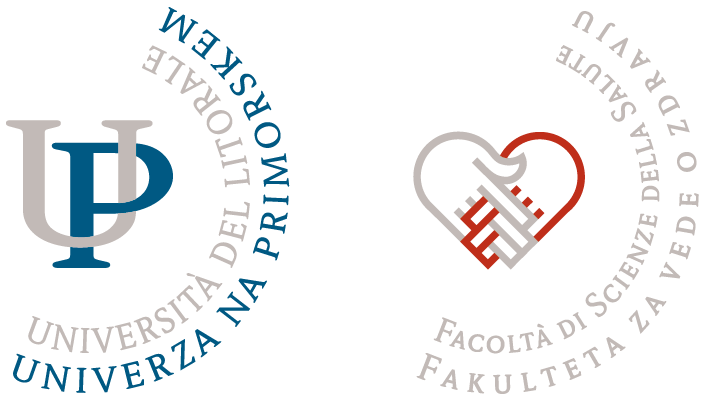Content
- Lectures: 10 hours
- Seminar: 14 hours
- Exercises 6 hours
- Independent work: 60 hours
Subject carrier
Description
1. Description and comparison of imaging methods
2. Imaging techniques in the diagnostic process
3. Comprehensive approach to the indication of imaging diagnostics as part of the patient’s treatment
4. Basic principles when performing imaging diagnostics
a. Ethical principles
b. Concern for validity of the results
c. Concern for the storage and accessibility of results
5. Ultrasound as a diagnostic tool in physiotherapy
a. Diagnosis of tendon injuries by ultrasound
b. Diagnosis of muscle injuries by ultrasound
c. Diagnosis of ligament injuries by ultrasound
d. Diagnosis of joint injuries with ultrasound
e. Distinguishing individual structures of the musculoskeletal system on ultrasound
f. Other ultrasound evaluations (muscle fascicle length, pennation angle, muscle stiffness, tendon length)
g. Ultrasound guided puncture as a diagnostic and therapeutic procedure
h. Advantages and disadvantages of ultrasound as a diagnostic method in physiotherapy
6. X-ray imaging as a diagnostic tool in physiotherapy
a. X-ray imaging to diagnose fractures, dislocations, and structural abnormalities
b. X-ray imaging as a tool for tracking the outcome of fracture treatment and planning the rehabilitation of the injured
c. X-ray imaging as a support in diagnosing soft tissue injuries
d. Advantages and disadvantages of X-ray imaging as a diagnostic method in physiotherapy
7. Advanced imaging techniques for diagnostic purposes in physiotherapy
a. The use of magnetic resonance imaging in the diagnosis of musculoskeletal system injuries
b. Use of magnetic resonance imaging to monitor the outcome of conservative and operative treatment of joints and to plan further rehabilitation
c. Advantages and disadvantages of magnetic resonance imaging as a diagnostic method in physiotherapy
d. Use of fluoroscopy in the diagnosis of musculoskeletal system injuries
e. The role of computed tomography in the diagnosis of musculoskeletal injuries
f. Advantages and disadvantages of computer diagnostics as a diagnostic method in physiotherapy
8. Distinguish imaging diagnostic methods in terms of indication for use, reliability, and rationality.

